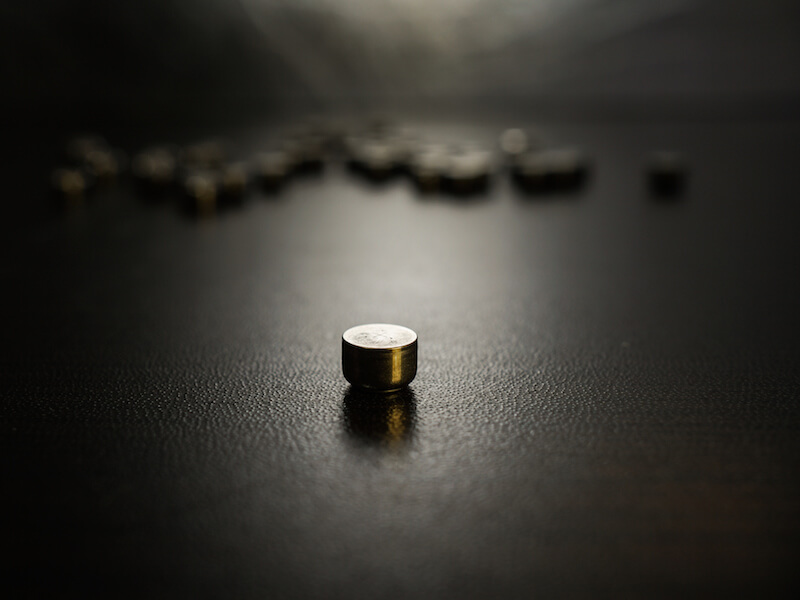
Modern technology has evolved the way we power electronics of every kind, from radios to cameras to phones. For years, people looking to address hearing loss have wished for a similar advancement, and the industry is finally recognizing the promise of a robust rechargeable hearing aid battery.
Size 312 batteries are the most common of the disposable batteries that have typically been used to power hearing aids. These days, the most prominent version of these batteries is generally known as a “zinc-air” battery.
The Drawback to Disposable Hearing Aid Batteries
The presence of air effects a zinc-air battery, as the name indicates. In the case of the 312 batteries used in a lot of hearing aids, the user is required to pull a little tab off the back of the battery before it’s turned on and operational.
They will start losing power the moment they are fully oxygenated. So the power is depleting even if the user isn’t currently using it.
Most users consider the duration of life to be the biggest disadvantage of disposable batteries. With 312 batteries, the user could be changing the batteries in their hearing aids about 120 times every year because they drain in 3 to 12 days according to some reports.
That also means users may need to buy 120 batteries, spend the time twice every week to replace them, and properly dispose of each. From a cost perspective alone, that likely equals more than $100 in battery purchases.
Rechargeable battery Improvements
Luckily, for hearing aid wearers looking for another approach, there have been profound developments to rechargeable hearing aids that now make them a feasible solution.
Studies have shown that most people overwhelmingly prefer to wear rechargeable hearing aids. Until now these models have traditionally struggled to provide a long enough charge to make them practical. But today’s rechargeable batteries will last all day without requiring a recharge.
Users won’t see significant cost benefits by changing to rechargeable batteries, but where they will see an obvious improvement is in quality of life.
These modern models give less frustration on top of keeping a 24 hour charge because the user doesn’t deal with the burden of constantly swapping out the batteries. They simply need to place the battery on the charger.
When a disposable battery nears the end of its life it doesn’t run your hearing aid at full power. And you can’t tell how near the battery is to failing. So the batteries could die at the precise moment that a user needs them the most which might even put them in peril. Not only is this a safety concern, but users could miss out on important life moments because of a dead battery.
Types of Rechargeable Hearing Aid Batteries
Rechargeable batteries come in various different materials, each offering unique advantages. The ability to hold a charge for 24 hours is one reason why integrated lithium-ion batteries are one worthwhile option that manufacturers provide. And smart-phones are powered by this same type of battery which might be surprising.
Another type of contemporary rechargeable battery is a silver-zinc. This innovative approach was initially manufactured for NASA’s Apollo moon missions. With this technology, even your existing hearing aids can most likely be upgraded to run on rechargeable power. Just like lithium-ion, silver-zinc can also provide enough power to last you all day.
There are also models that allow you to recharge the hearing aid without removing the battery at all. For these, users will place the entire hearing aid into a charging station when they sleep or at another time when the hearing aid is not in use.
Whichever solution you choose, rechargeable batteries will be substantially better than disposable batteries. You just need to do some research to decide which solution is best for your needs.
If you’re looking for more information about hearing aid technology or how to determine the ideal hearing aid to meet your needs, we encourage you to look at our hearing aids section.